
|

|

|

|

|

|
| Home | Manuals | Supplies | Search | Consult | Contact | Testing | Service |
|
Instructions for recovering the two distinct, same size, pneumatic sleeve assemblies in an Ampico B reproducing piano are well documented in Dave Saul's monograph, The Model B Ampico Reproducing Piano: An Illustrated Rebuilding Guide. One leather sleeve is part of the pedal regulator and is directly exposed to the atmosphere around that device. The second sleeve is indirectly exposed to the atmosphere. It is better protected from the ambient air because it is housed within the felt-lined wooden enclosure of the 'distributor block compartment' mounted on the Ampico B pump. Fortunately, the Ampico B rebuilding instructions include a handy one-to-one design template for the specialized geometric shape of the flat surface pattern from which the sleeve can be made. This allows the rebuilder to fabricate just the right shape and size of the sleeve from pouch leather (used originally by the American Piano Company), which is still the preferred material. One could determine the shape and size for the sleeve template cited above by one of three methods, two of which exhibit inherent practical difficulties. The first method consists of 'unwrapping' an original intact (presumably operational) sleeve without damaging any significant portion of it and laying it out on a convenient flat surface for trace-and-copy purposes. In principle, this requires the disbonding of leather from the central cylindrically-shaped Bakelite slug, the wood of the regulator body, and the leather itself (the end-to-end overlap area). In practice, the near ninety-year-old leather is fragile (because of long-term atmospheric exposure) and prone to inadvertent tears, even with gentle handling. Furthermore, it is disheartening to destructively disassemble an original operational sleeve assembly. Despite the practical and conservational difficulties, the unwrapping can be accomplished, but it is not a recommended procedure. The second method is an iterative trial-and-error technique where one makes a guess for the needed shape and size of the leather piece by 'eyeballing' an original sleeve. Then, one can install the new leather piece on a bare regulator assembly to see if it works. Unless one is very lucky, the first trial solution is typically unsatisfactory. Guided by the results from the first experiment, a second trial is implemented. One continues this procedure until a useful result is obtained. With experience, this approach can be effective, but it is by nature time-consuming and also a source of unwanted frustration. However, there is a third approach, which is conveniently straightforward; it is discussed below in some detail. The motivation for finding another approach was provided by the observation that the so-called late-A Ampico pump (circa 1927 - 1929) incorporated two different-size sleeve pneumatics within its 'distributor block compartment'. The late-A pump was installed in several different brands of Ampico pianos, both upright and grand (notably the Symphonique). This production variation may have reflected a need to 'field test' the then-new pump which, in hindsight, was a precursor to Ampico B technology. Each of the two sleeves in the late-A pump is dimensionally different and also not the same size as the one encountered in the Ampico B system (in pedal regulator and B pump). Consequently, two new and distinct design templates are required to fabricate the pouch leather patterns for the two sleeve pneumatics in the late-A Ampico pump. No published source for these specialized contours was readily available. Could there be a general way to determine the appropriate contours? Thankfully, the answer was yes. As mentioned by Dave Saul in his rebuilding guide (p. 69), the wrap-around sleeve before installation in the pedal regulator has 'an appearance something like a cone with its pointed end cut off'. The resulting 3-dimensional volume (shape) is known as a conical frustum. The exterior curved surface of a conical frustum can always be formed from a flat piece of flexible material whose planar contour can be mathematically determined and drawn in advance. The flat shape is known as an annular band. It is a portion of an annular ring (annulus) which is the plane space formed between two concentric circles. All that is required is five easily measured dimensions from an original undisturbed in-situ sleeve pneumatic. To accommodate those readers whose ability to visualize a conical frustum might be limited, consider the ubiquitous lampshade, so often seen in the form of a tapered light-attenuating decoration, characteristic of some floor and table lamps. When there is no tapering to the geometry of the lamp shade, the shape is a concentrically hollow cylinder with a thin light-attenuating curved wall made of paper, linen, plastic, etc. The conical frustum shape is also apparent in the form of the familiar Dixie cup, the common metal bucket usually found with a mop in it, and the 'sleeve' of thermal insulating material often used to surround and grip hot (tapered) coffee cups. The mathematical background underlying the above discussion may be found in any good book on plane geometry. Alternatively, one can research the topic using Google on the Internet with the search terms 'truncated cone calculations' or 'frustum of a cone'. The essence of the procedure for making the sleeve is the mapping (transfer of portion of a surface of a 3-dimensional object onto a flat 2-dimensional surface) of the exterior surface of the frustum of a cone onto a flat piece of paper (or leather). We start with the essential mathematical relationships associated with the exterior 3-D surface of the conical frustum and its corresponding 2-D annular band:
angle fraction = 360 x (d2 - d1)/ (2 x L) where R is the radius of a circle to be drawn on paper, d1 is the diameter of the cylindrical Bakelite slug (in pedal regulator) or wooden cylinder (in late-A pump), d2 is the diameter of the circular hole drilled into the stationary wooden block, within which the Bakelite slug moves axially, L is the longitudinal length (in the direction of axial motion) of the taut leather when the cylindrical movable slug is fully extended, and the angle fraction is the number of degrees subtended by the annular band to be created from the annular ring. L is measured from an attachment point at the exterior circular corner edge of the hole drilled in the wooden regulator body to the nearest corresponding attachment point on the movable Bakelite or wooden cylindrical slug. This second attachment point is typically at the external near edge of the tie-down retaining groove cut into the Bakelite or wooden cylindrical slug. Fully extending the Bakelite slug in the pedal regulator requires that one or more of the internal locking collars within the regulator body be temporarily released. If this is not done, the L measurement may not be determined accurately (will be less than it actually is). In similar fashion, the mechanical 'stops' for the late-A amplifier sleeve and late-A regulator sleeve need to be temporarily displaced, so that an accurate measurement of L can be obtained (the leather will be taut when the slug is fully extended). Only two more measurements remain. The first one is the average width (nominally about 1/8") of the annular ring formed by the folded-over, outward-facing, glued-down leather on the outer planar surface surrounding the circular hole drilled into the stationary wooden block of the pedal regulator body. Let this measurement be denoted by e1. The second measurement is the additional section (length) of leather that is needed to go from the second attachment point (at the near edge of the tie-down retaining groove described above) to the over-the-top (end) of the cylinder and then on to the edge of the circle formed by the periphery of the inward-facing, folded-over, glued-down leather on the outer surface of the cylindrically-shaped moving slug. This additional length must include about 3/32" to account for the depth and triangular-shaped cross-sectional contour of the tie-down retaining groove. Let this last measurement be denoted by e2. The value of e2 is nominally about ?" for the pedal regulator, i.e., 3/32" for the retaining groove, about 1/16" for the far groove-edge to cylinder-end face cylindrical band, and 3/32" for the cylindrical corner glued-down area. Now please refer to the two mathematical relationships cited above. Together, they serve as a foundation from which a preliminary annular band may be determined. That foundation will be augmented slightly to take into account the extra lengths (e1 and e2) of leather needed to properly affix the resultant annular band to the Bakelite slug and pedal regulator body. From the measurements taken, determine the product of d1 and L and then divide the result by the difference between d2 and d1, i.e., (d2 - d1). This number, denoted by R, may be treated as the radius of a circle to be drawn on a piece of paper. Then, determine the sum of R and L, and let that number be the radius of another circle to be drawn concentric with the first circle on the same sheet of paper. The second circle will necessarily be larger than the first circle. The plane space between the two concentric circles is called the annulus or annular ring. The annular band construction is almost complete. Draw another circle (concentric with the ones already drawn), with a radius slightly smaller than R, by the amount of e2, already measured. Draw another concentric circle, with a radius slightly larger than (R + L), by the amount of e1, previously determined. The annular ring bounded by the inner radius of (R - e2) and outer radius (R + L + e1) is the desired contour from which a portion (an annular band) can be cut to form the replacement pouch leather sleeve. This annular pattern can be traced and then transferred to a sheet of gently draped (not stretched or bunched) pouch leather. After cutting the annular pattern along any single radius used to form the annulus, an annular band is created. This is the correct shape and size of the material from which a portion can be cut to make the sleeve pneumatic associated with the dimensions, d1, d2, L, e1, and e2, previously measured. The angular portion to be cut out can be estimated by eye or determined mathematically (see below). The mathematical determination of the appropriate angular portion of the annular band to use for the pneumatic sleeve is described here. Divide the term (d2 - d1), which was calculated earlier, by twice the value of L, the 'extended length' of the leather sleeve. The resulting value is a fractional (less than unity) portion of a full circle, which is 360 degrees or 6.283 radians. To illustrate by example, if the (d2 - d1)/ (2 x L) calculation is 0.2, then the corresponding annular band should subtend an angle of 72 degrees (0.2 x 360). This angle can be marked on the full-circle annular band with the aid of a protractor or other angle-measuring device. This mathematically exact angular determination reflects the ideal situation where one end of the annular band wraps around, meets, and just merges with the other end precisely, in an edge-to-edge manner. In practice, the angle needs to be larger than the predicted value to provide room for some overlap of the leather ends. In this way, the ends of the annular band can be glued together (contact cement or similar), one end over the other. Typically, this requires about 1/4" of extra leather. The as-manufactured Ampico sleeve implementation can only be realized if the recovering material has a sufficient amount of elastic 'stretchiness'. Pouch leather possesses just the right characteristics to satisfy the requirement. It may not be obvious that the elastic 'stretchiness' of the recovering material (pouch leather) is critical. If one tries to recover the sleeve pneumatic with ordinary rubber-coated pneumatic cloth, conformability problems (buckling or ripping) will occur in the regions where the cloth needs to fold-over [buckling] the circular Bakelite slug or fold-out [ripping] onto the circular opening of the wooden block. The calculations performed above should give a good approximation for creating a pouch leather replacement for the annular band.
Bill Koenigsberg 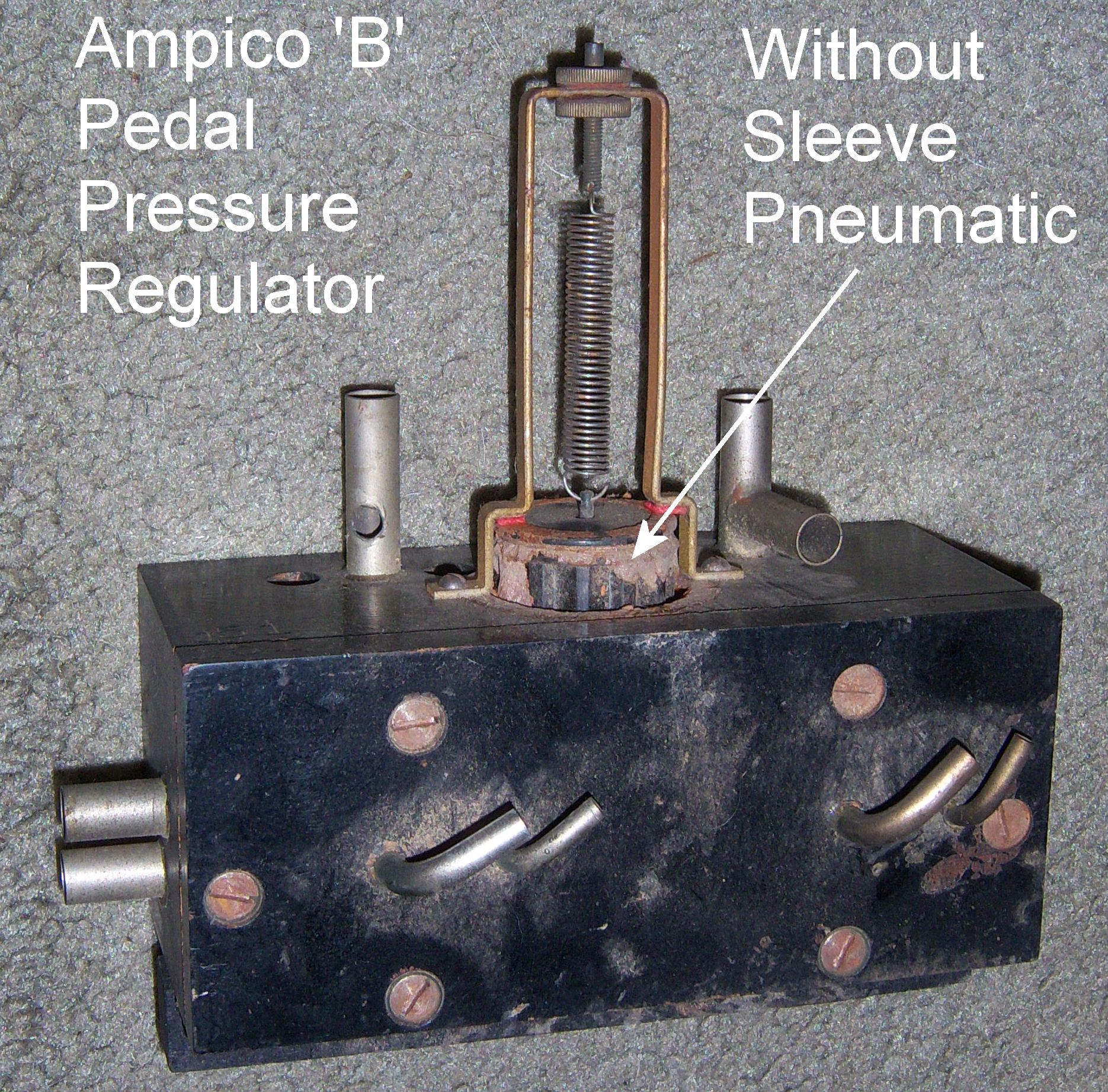
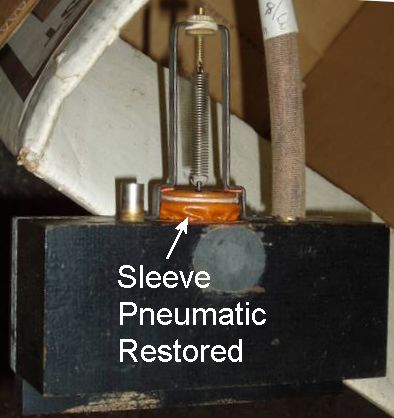 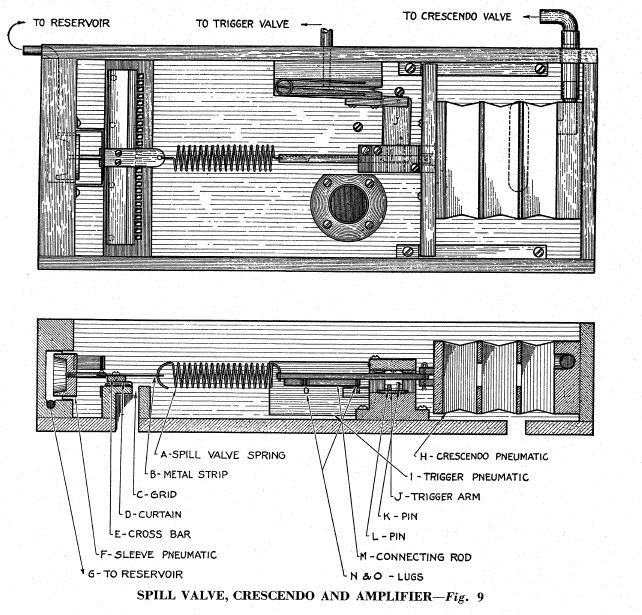 Return to previous location
Return to previous location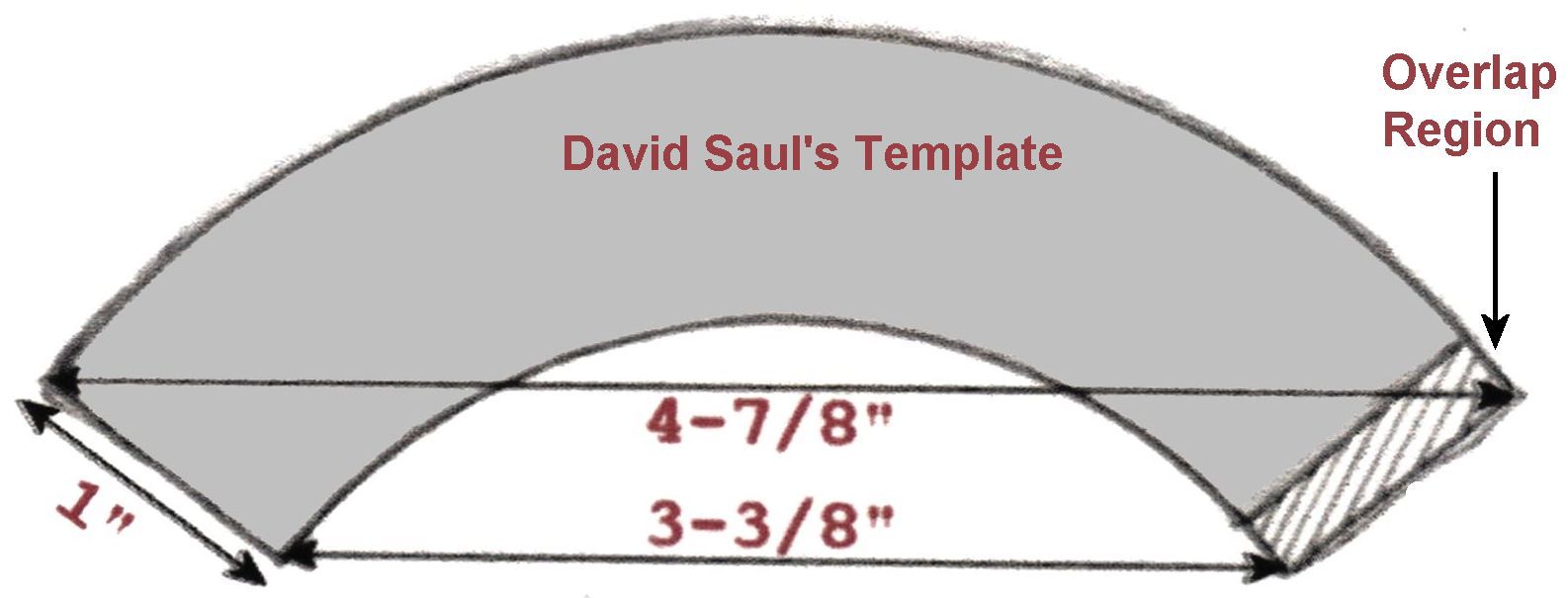 Return to previous location 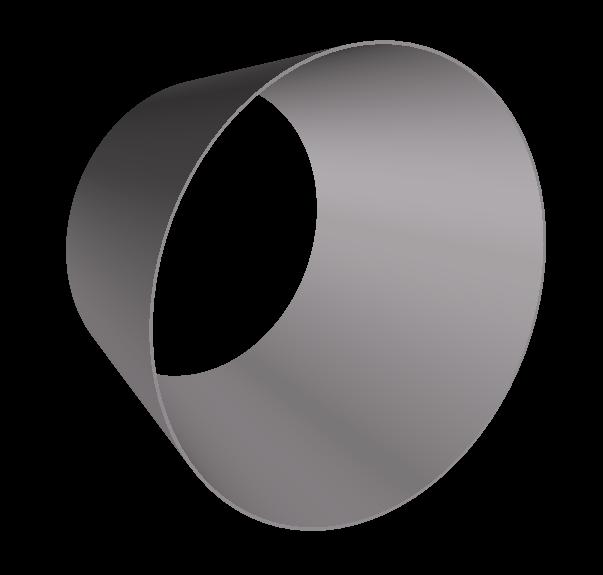
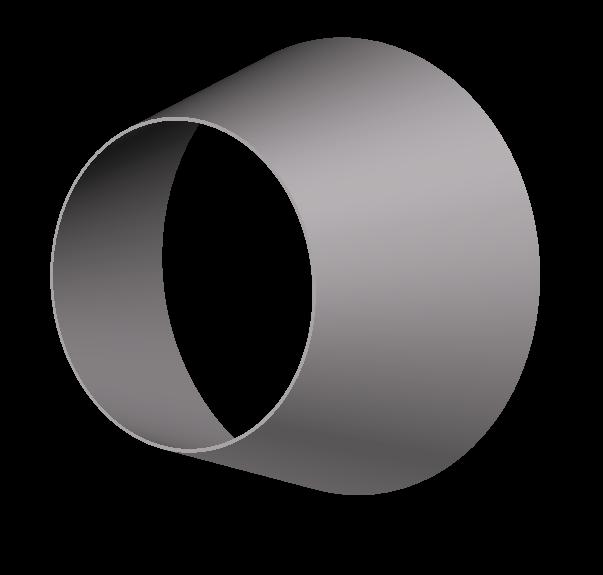 Return to previous location
Return to previous location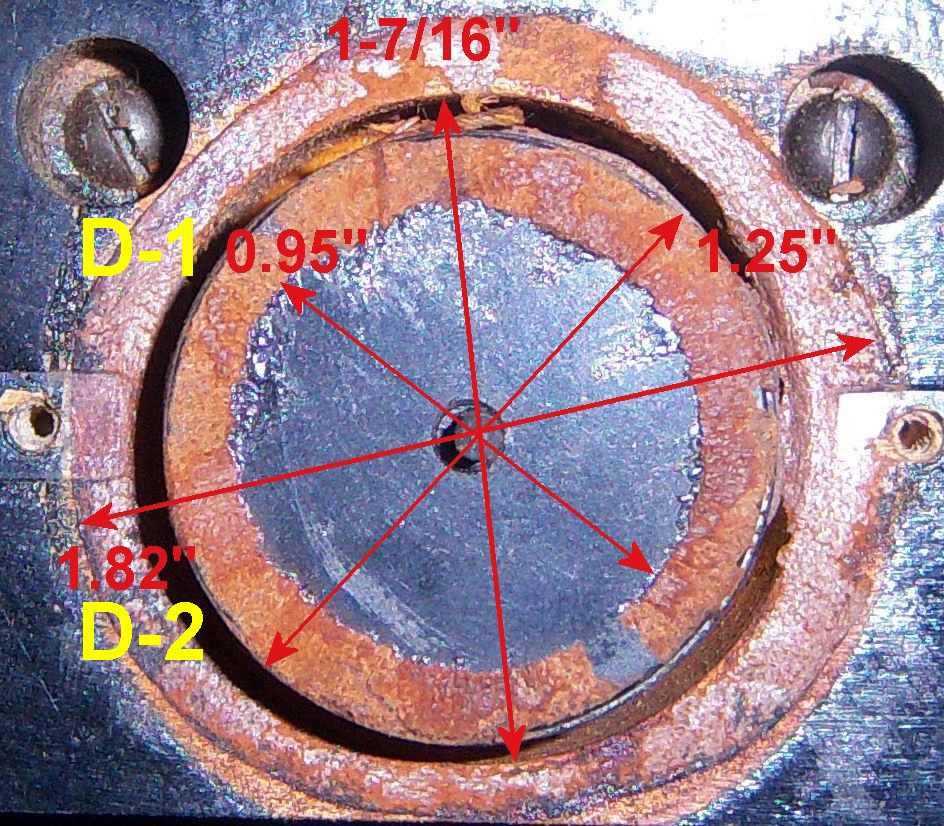
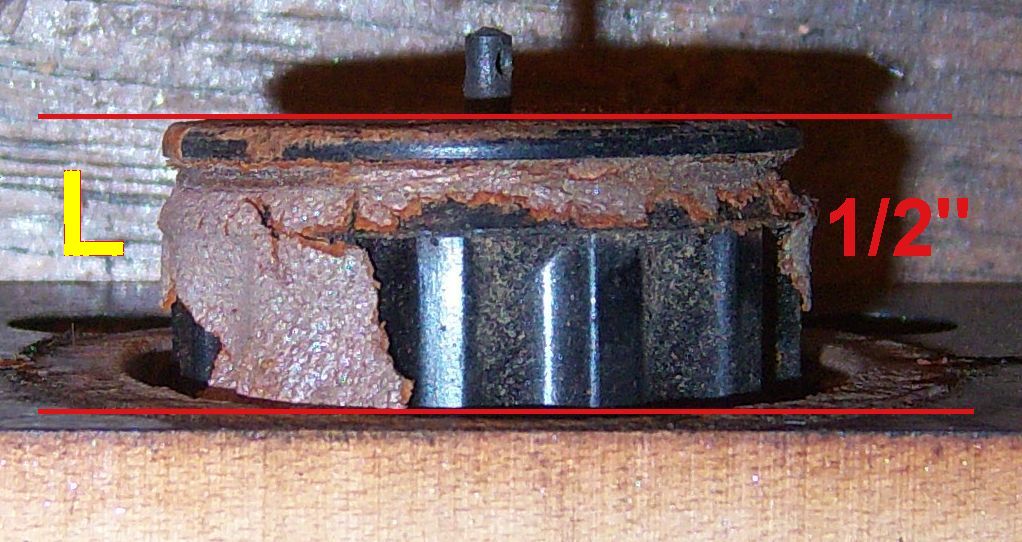 Return to previous location
Return to previous location
It's not pretty, but it work perfectly.
|

|
Since "Player-Care" is an internet business, I prefer that we correspond via E-Mail (click here to fill out the 'Request Form'). However, if I'm not in the middle of some other activity, you can reach me at 732-840-8787. But please understand that during the hours from 8AM-5PM EST (Mon-Sat), I'm generally quite busy. So, I probably won't answer the phone. If you get the answering machine, please leave a detailed message stating the reason for your call. Also, repeat your name and phone number clearly and distinctly. By necessity, I prioritize everything in my life. And, if you call and just leave your name and number, and ask me to call you back, it might be a day or two before I return your call. Why? Because I don't know why you want me to call and I might not be prepared to assist you in an effective and efficient manner. If you leave me an E-Mail address (which I prefer), spell it out phonetically. The more you do to help me, the more I can help you in return. Don't rush. You have four minutes to record your message. |
|
407 19th Ave, Brick, NJ, 08724 Phone Number 732-840-8787 (Voicemail Only, No Texts) |
